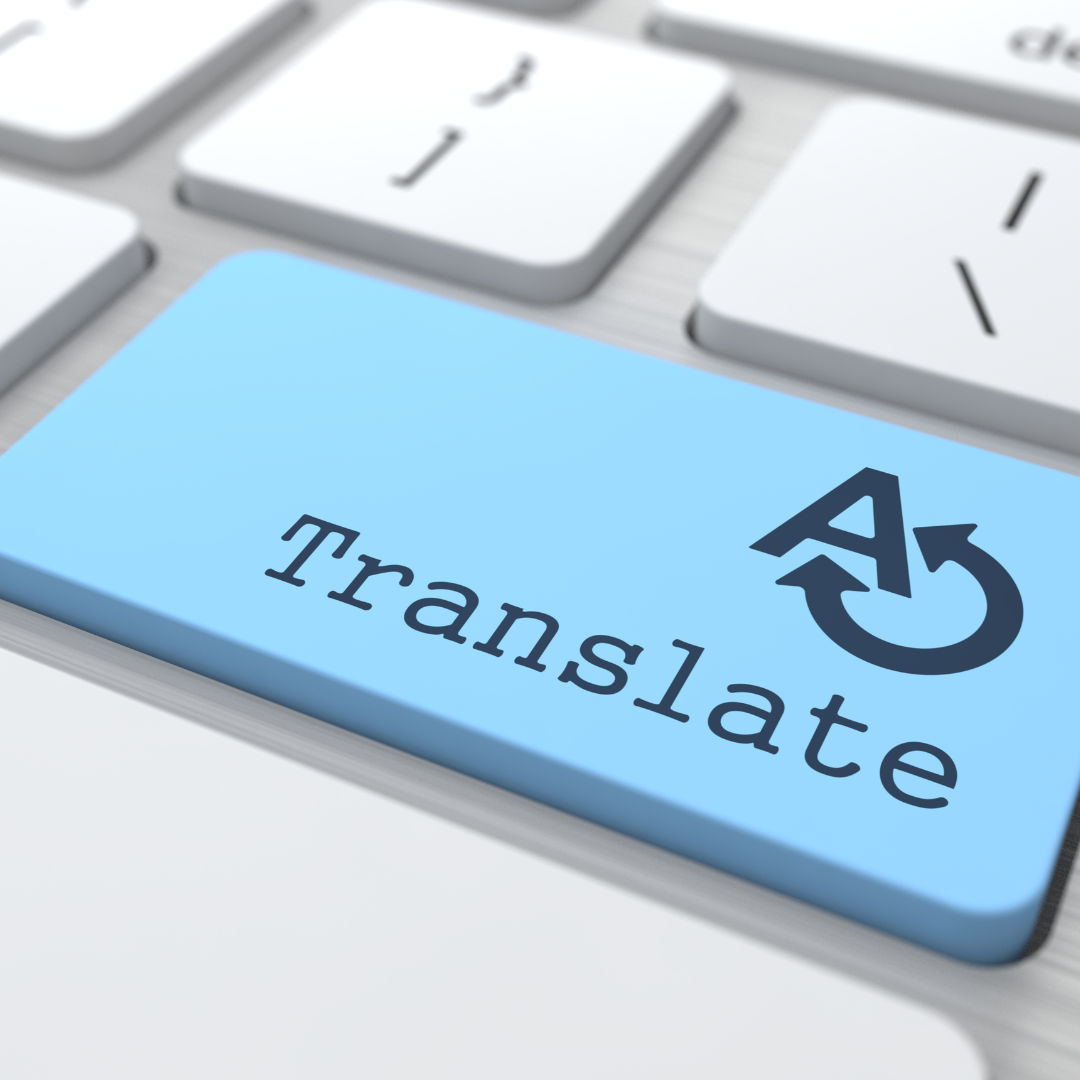Businesses with the need for translation services could look for inspiration to the State of Minnesota’s Enterprise Translations Office (ETO), which provides translation services for the state’s Executive Branch, using A.I. for machine translation in communicating with people.Â
The Five Most-Key Takeaways from This Blog Post
- Approximately a fifth of Minnesota’s population primarily speaks a non-English language. Fulfilling translation requests was a big challenge for the state government, so the OpenAI partnership began as a possible inroad to solving that problem.Â
- Part of the solution for the state government was by putting the A.I.’s work at the translation processes’ early stages, rather than the final stage. That leaves room for approved human reviewers to look over the translations and sign off on (“validate”) the translation, or else modify it, before sending out the communication.Â
- A feedback loop is part of the operations by using the approved translations for continually training the A.I. to enhance its abilities.Â
- Custom training is a large draw for machine-translation A.I. integrations. In the case of the ETO, human workers made spreadsheets with a list of terms specific to languages like Somali and Hmong (two common foreign languages in Minnesota) to train the A.I. to recognize, facilitating machine translation.Â
- From here, on the horizon is the developing field of real-time voice translation. However, it could be harder to have human oversight if the idea is to just have A.I. have one-on-one conversations with people. Otherwise, A.I. could act as a real-time interpreter for a human communicator who steers the conversation and uses A.I. to cross the language barrier in real time.Â
The Significance for Business Owners
One of the consequences of the complementary developments of globalization and the Internet is that suddenly people from all over the world could order products from, well, all over the world.Â
Helping bridge this gap is a complex supply chain that makes it possible for some small-business owner in Small Town, USA, to internationally ship a product all the way to Down Under, AUS, well across the globe.Â
Besides geographic barriers, sometimes there are language barriers that must be crossed for business to be good. And especially for small businesses doing business online, not having the funds to hire a dedicated team of human translators can be limiting.Â
For this reason, A.I. proficient in machine translation across a wide number of translations can be highly alluring for business owners, as it can open the door to deeper customer communications across all kinds of language barriers, some of which may have been previously unscalable by certain businesses.Â
Trust Fall
You can actually try OpenAI’s demo’d machine translation prompts on ChatGPT.Â
Something that does stand out in the demos, however, is the number of “trust falls” that it requires from the user. For instance, asking ChatGPT to align a message to the cultural values of a certain group will output a response that ChatGPT says does just that.Â
But the trust fall here is, did the A.I. actually end up doing that, or did it just change the text without really aligning with the goal? Unless the human translator can tell the difference between a job well done and a job not well done, the worker has to just take ChatGPT’s word for it.Â
That can be an issue, as hallucination and false alignment are some of the biggest issues in A.I., and part of what makes these an issue is when users take trust falls when they should not.Â
For this reason, business owners should be aware of the possibility that relying too much on A.I. for translation could end up leading to problematic communications with customers across a language barrier that the business owner is unable to scale.Â
The Last (But Not Least) Key Takeaway from This Blog Post
Machine translation is a fast-growing field that will prove integral to communications in the public and private sector.Â
As real-time translation becomes bigger, it will be important for business owners to recognize that if A.I. gets it wrong, that can reflect poorly on the business. So, there is a risk–reward factor here that business owners should be well aware of.Â
Other Great GO AI Blog Posts
GO AI the blog offers a combination of information about, analysis of, and editorializing on A.I. technologies of interest to business owners, with especial focus on the impact this tech will have on commerce as a whole.
On a usual week, there are multiple GO AI blog posts going out. Here are some notable recent articles:Â
- For Businesses and Other Organizations, What Makes a Successful Chatbot?
- IBM Watson vs. ChatGPT vs. Gemini: How Will Each Affect Search Engines?
- Using A.I. to Find Resources for Business Owners
- How Would Restricting Open-Source A.I. Affect Business Owners?Â
- The EU’s A.I. Act Has Become Law: The Implications for Business Owners (Especially American)
In addition to our GO AI blog, we also have a blog that offers important updates in the world of search engine optimization (SEO), with blog posts like “Google Ends Its Plan to End Third-Party Cookies”.Â



